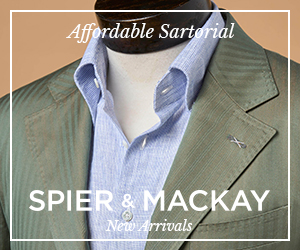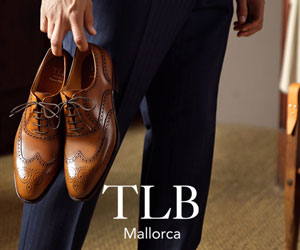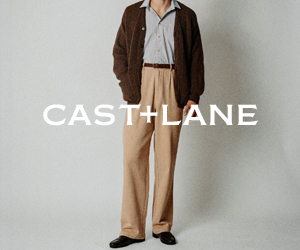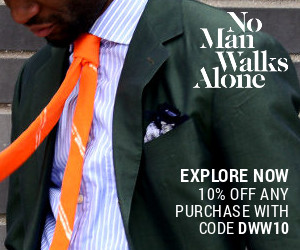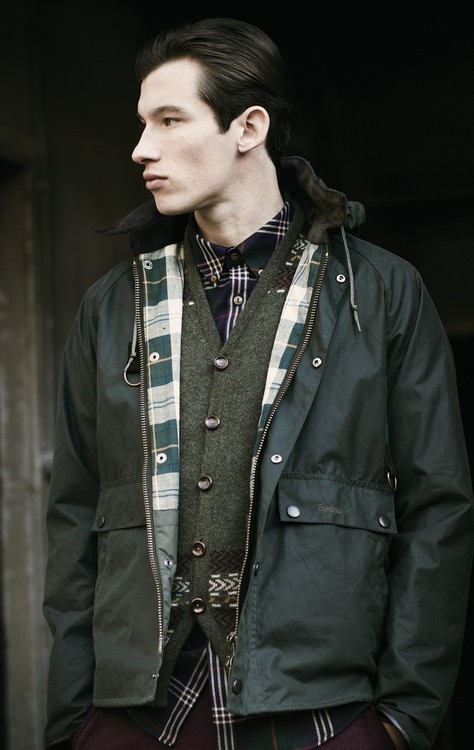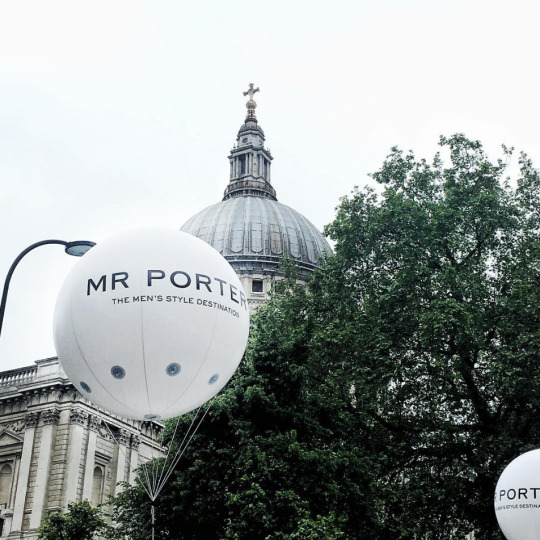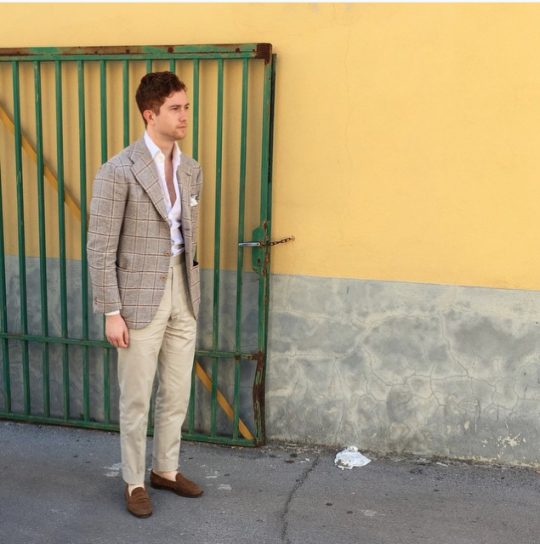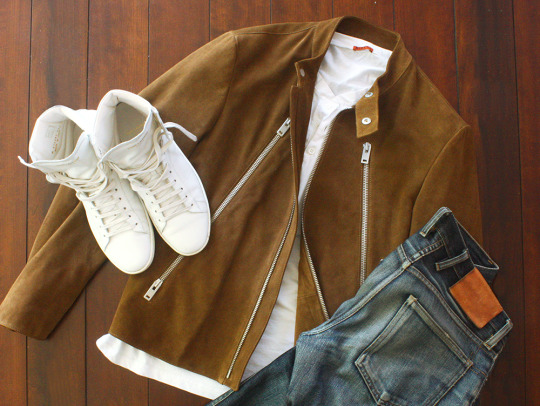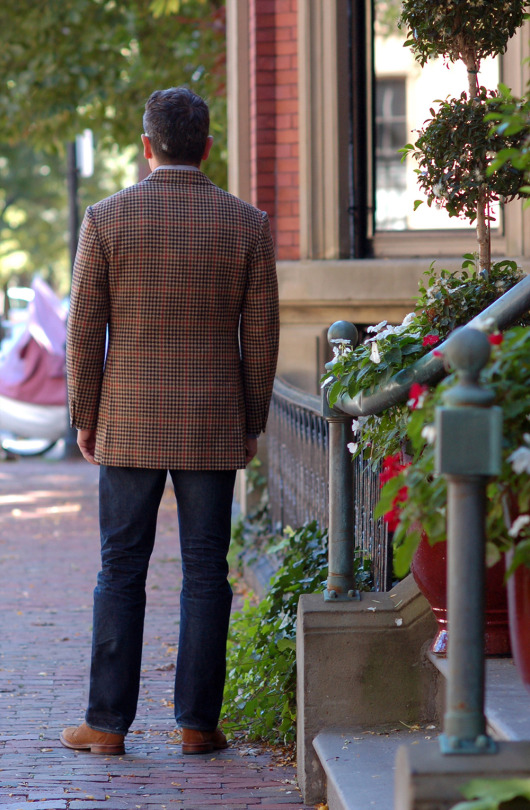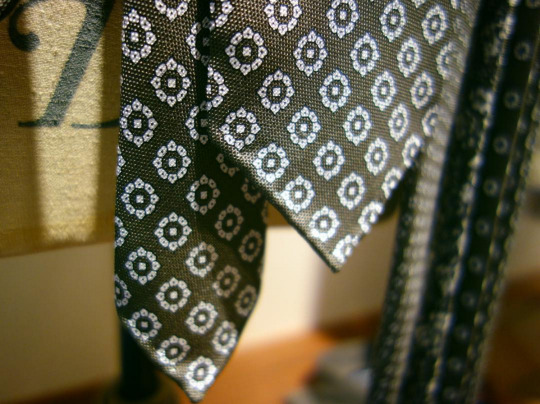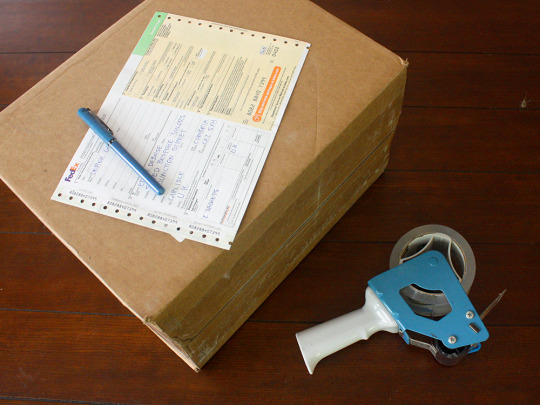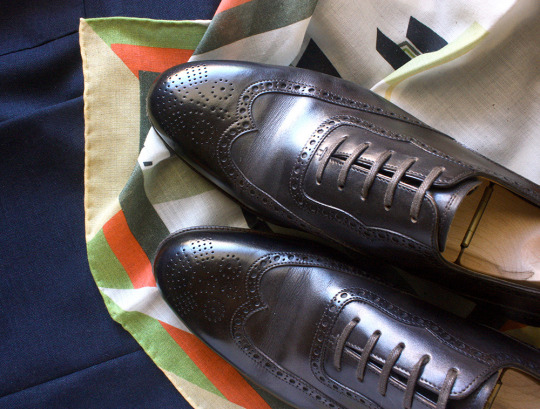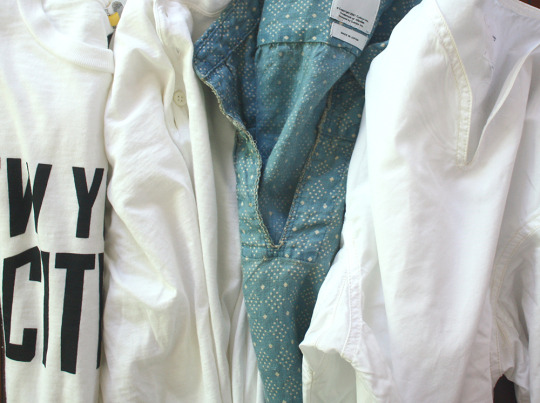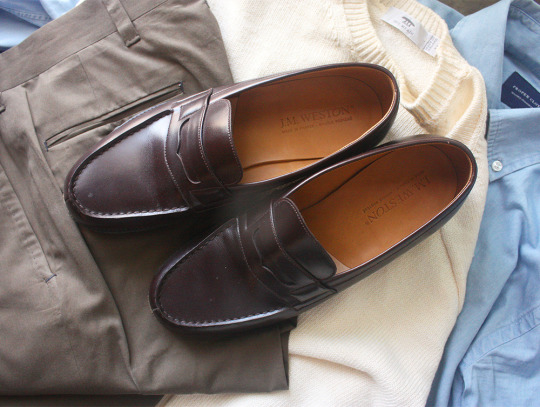
The penny loafer was the sine non qua of the post-war Ivy Look. Often worn with Shetland sweaters, flat front chinos, and tweed sport coats, they were the choice of Ivy League students across the East Coast, later finding broader appeal through Esquire. More than being an Ivy shoe, however, penny loafers embody the kind of casual, dressed-down style that the US has always championed (much like button-down collars, in that sense). In fact, that’s what originally made them popular with students, who wanted something comfortable and smart, but sufficiently casual to avoid looking corporate.
Which is why they continue to be so great today. They’re dressier than sneakers, but not as formal as wingtips. They go just as well with jeans and casual jackets as they do with sport coats and trousers. The Prince of Wales even wears them with casual suits (although I don’t recommend them with dark business suits).
If the penny loafer is an American icon, it stands to reason that the best pennies ought to be from a US company. Unfortunately, G.H. Bass – who invented the style in the 1930s by placing a vamp saddle on a Norwegian slip-on – hasn’t made good shoes in decades. That leaves Alden, Allen Edmonds, and Rancourt, all three of which are good, but I find their best pennies to be very casual. Alden’s partially lined slip-ons, for example, go well with jeans and Trad looks, but their dressier, Copley-lasted loafers don’t have as much sophistication as Edward Green’s Piccadilly (my favorite with tailored clothing).
Keep reading
